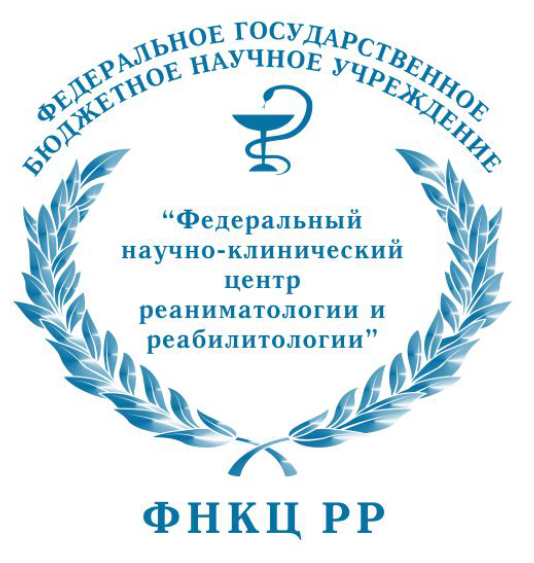
|
ИСТИНА |
Войти в систему Регистрация |
ФНКЦ РР |
||
Laser-optic methods for determining the relationship of microrheologic properties of blood, microcirculation parameters and endothelium function of patients suffering from socially important diseasesдоклад на конференции
- Авторы: Priezzhev A., Lugovtsov A., Ermolinskiy P., Gurfinkel Yu, Diachenko P., Li Pengcheng
- Международная Конференция : 30th International Conference on Advanced Laser Technologies (ALT’23)
- Даты проведения конференции: 18-21 сентября 2023
- Дата доклада: 19 сентября 2023
- Тип доклада: Приглашенный
- Докладчик: Priezzhev A.
- Место проведения: Самара, Россия
-
Аннотация доклада:
During the last few years, we have been developing new methods of quantitative assessment of microrheologic properties of blood, microcirculation parameters and endothelium function (EF). These methods include diffuse light scattering, laser tweezers, digital capillaroscopy and tonometry [1-3]. Currently we work on enhancement of these methods with laser speckle contrast imaging (LSCI) technique, which we use for mapping the blood flow speed in the studied objects [4-5]. Microcirculation parameters are studied using the Kapilyaroscan-1 device (Russia) implementing artificial intelligence for digital image processing, which allows for calculate the number of red blood cells (RBC) in the capillaries [6]. Arterial stiffness and EF are determined by pulse tonometry using the Angiochek device (Russia). We characterize the microrheologic properties of blood by the intrinsic properties of RBC to reversibly aggregate and to deform in shear flow by measuring such parameters as aggregation index, aggregation rate, hydrodynamic strength of aggregates, paired aggregation and disaggregation forces, RBC deformability indices as functions of shear stress [7]. These measurements are performed in vitro in the samples of blood freshly drawn from healthy donors or patients suffering from socially important diseases. Digital capillaroscopy, tonometry and LSCI measurements are performed in vivo. Three groups of patients were formed for the study with the main diagnoses of atrial fibrillation (AF), coronary heart disease (CHD), and chronic heart failure (CHF). Statistical differences in parameters for different groups of patients were analyzed using the nonparametric statistical Mann-Whitney test (p<0.05). The correlation between capillary blood velocity (CBV) in capillaries with presence of RBC aggregates in capillaries was calculated according to the Pearson coefficient of linear correlation. The results of the study showed a statistically significant correlation of measured parameters for the AF and CHF groups of patients. In percentage terms, the ratio of CBV in capillaries without aggregates to CBV in capillaries with aggregates for different groups of patients equals to: 39.6% (AF); 46.9% (CHD); 46.4% (CHF). Based on these data we can conclude that there is a significant correlation between the presence of aggregates in the capillaries and a decrease in CBV in the examined patients. The analysis of the relationship between the number of aggregates in capillaries and EF in patients suffering from AF and CHD has showed that the impairment of EF is associated with an increase in the number of RBC aggregates in the capillaries of patients of both groups. The study was financially supported by the Russian Science Foundation grant № 23-45-00027.
- Доклад на конференции выполнен в рамках проекта (проектов):
- Новые лазерно-оптические методы исследования живых систем
- Мультимодальное исследование оптическими методами in vitro и in vivo микрореологии и микроциркуляции крови при социально значимых заболеваниях
- Добавил в систему: Луговцов Андрей Егорович
Прикрепленные файлы
| № | Имя | Описание | Имя файла | Размер | Добавлен |
|---|---|---|---|---|---|
| 1. | Полный текст | Тезисы доклада | Abstracts_Priezzhev_ALT2023_final.pdf | 883,3 КБ | 18 ноября 2023 [anlug] |